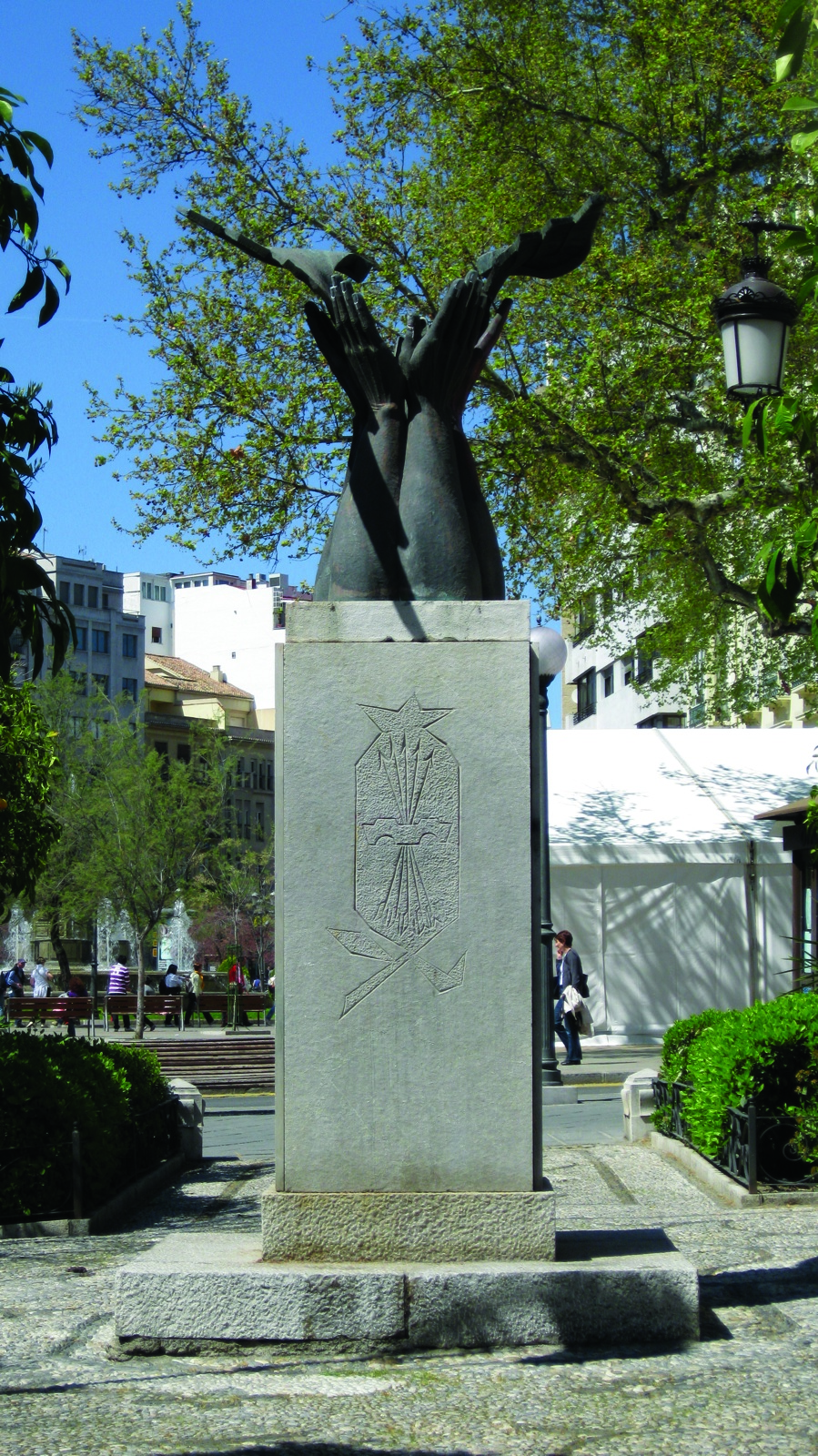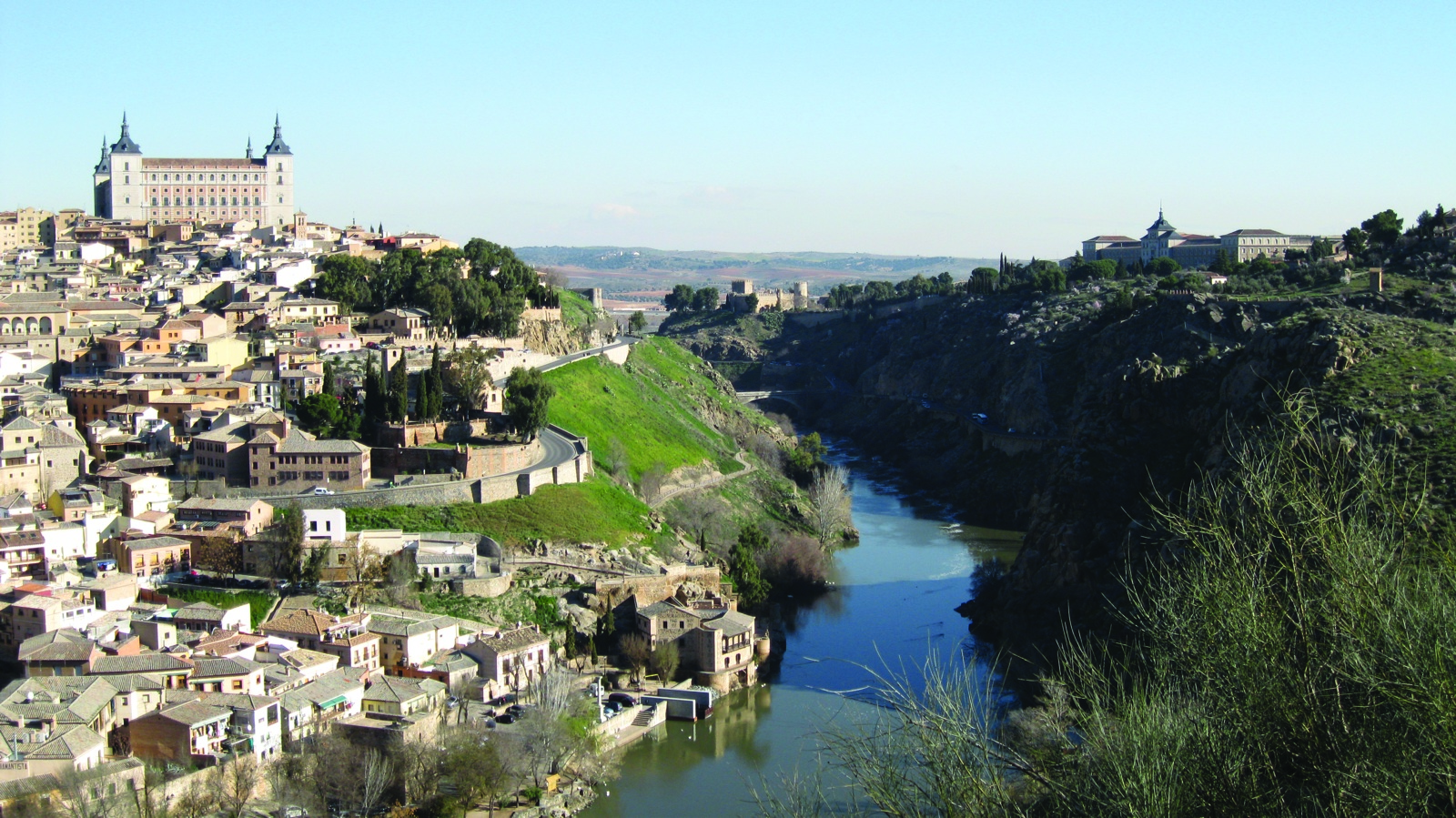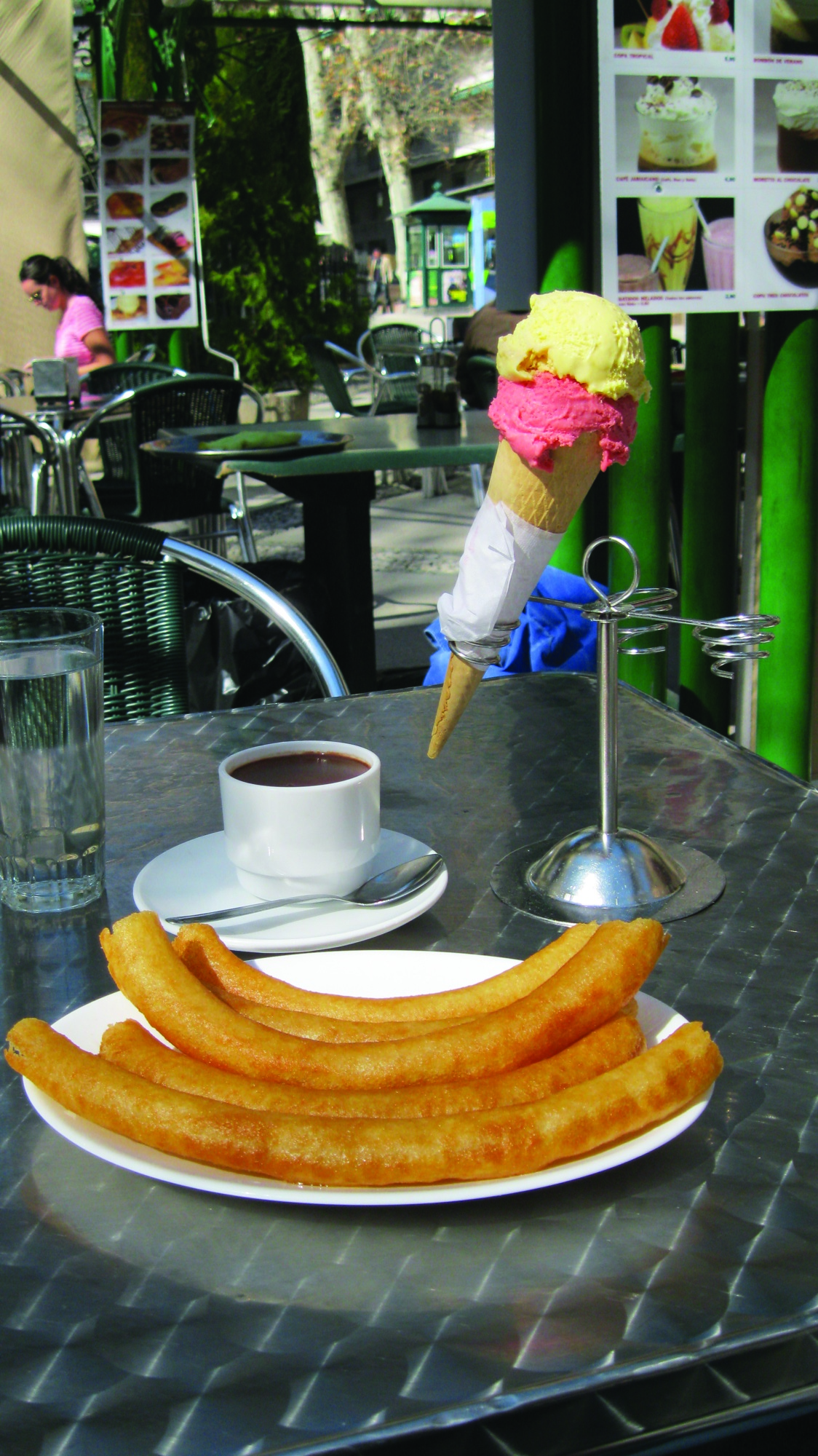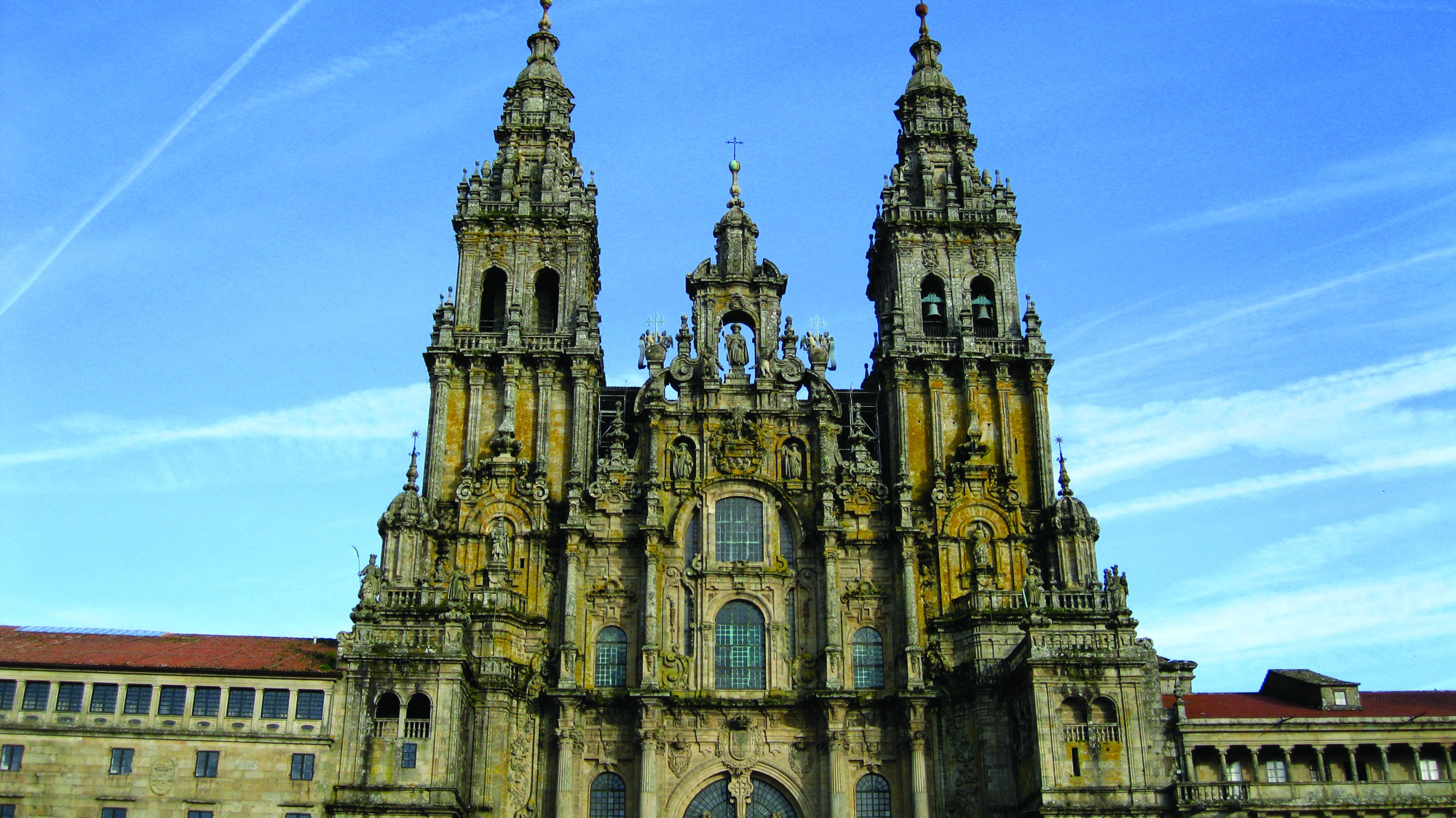Since the passing of the ever feared and anticipated midterms, time seems to have sped up here in Spain. Just a few weeks ago we were hurriedly attempting to cram last minute study materials into our already packed brain matter, and now the only thought on the minds of all of the students here at the Center of Modern Languages in Spain is Semana Santa, or our equivalent of Spring Break.
Most of the students here plan on traversing the boundaries of Europe. From Greece to Norway, no European country is safe from the hordes of students soon to be free for a week of vacation.
The key planning moments which we have left before our liberation from Granada grind down on the spirits of us all as we wonder how exactly we will make it from Spain to France, and then possibly to Italy, in the little time we are allotted. The trials of finding hostels, buses, trains and planes and cars to see more things than we have ever seen tests the best of friendships and could easily be avoided if we decided to stay in Granada and actually view first-hand the almost nine day religious and secular celebration that makes up Semana Santa.
If you have ever seen images of Semana Santa, then you are probably confused and a little wary to say the least. The images of men covered head to toe in hooded cloaks and robes invoke, at least for us Americans, fearful images of the Ku Klux Klan. However, before discounting the content of the Spanish fiesta, one should know that these robed figures are the penitent asking forgiveness from God for transgressions, not a mob of masked men ready to lynch.
Semana Santa, which lasts the entire week leading up to Easter, is a continual celebration that has transformed from its thirteenth century roots from a strictly religious celebration to a fiesta, which incorporates religious aspects but also is more of a signal of Spanish identity, culture and dedication, especially in Andalusia.
The main event of this celebration is the never-ending procession of all the cathedrals and churches of Granada. In the procession, a team of young men, called costaleros, hidden beneath the throne, which they carry, blindly transport thirteenth century gilded wooden images of Jesus or the Virgin Mary or other iconography relating to Easter from their church to the royal cathedral in the center of Granada.
The team of hunched men supporting the weight of these elaborate thrones of gold and wood on their shoulders are not guided by sight but by the help of a guide who stands in front of them using his voice to safely get the men and image through the winding streets and alleys of Granada. The dedication of these throne bearers is amazing, especially since some of the thrones are taller than the archways they must pass under, forcing the costaleros to bear the weight of the image while walking on their knees to pass under the portal.
However religious this procession may seem it is not a silent and solemn procession. There are people who never set foot in a church any other day of the week crying in the streets at the sight of the passing images of Jesus, but for the most part the atmosphere of Semana Santa is one of a city-wide fiesta, complete with music and food.
Each neighborhood in Granada has its own particular way of celebrating Semana Santa. The differences can be anything from the style of dress of the procession of the penitent to the specific type of food eaten, such as special pastries and desserts which are made only for Semana Santa.
One of the most popular parts of the procession occurs in the neighborhood of the Albayzín. In this part of the city with a rich history in the winding streets, the local churches begin their march to the royal cathedral in the dead of night, illuminated by thousands of candles and incense and serenaded by spontaneous outbursts of song.
The atmosphere of Semana Santa is not for the faint of heart. Thousands line the streets to view the passing images. As your eyes are assailed with a myriad of colors of the penitent and the black of the widows, all of the other senses are also shocked by the amount of festivity. The air hangs heavy as incessant incense drifts through the air, mixing with the heady odors of candle wax, flowers and food, causing a haze through which march the unending parade of churches.
Although each church and district of Granada have their own particular way of celebrating Semana Santa, the whole city comes together in a communal effort to create an impressing weeklong celebration of Spanish culture and heritage.





